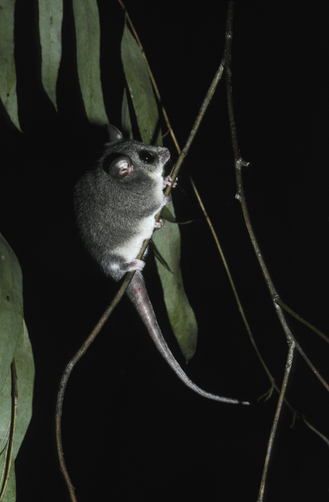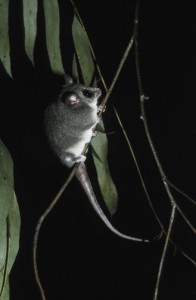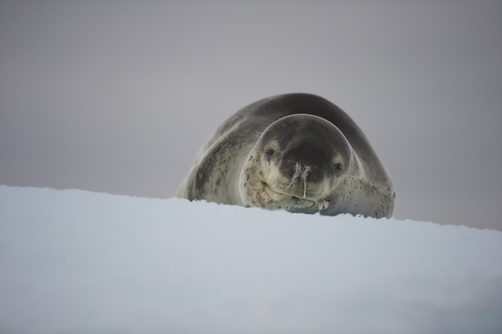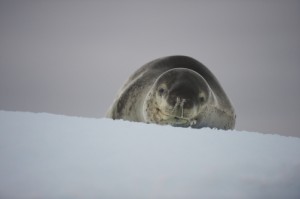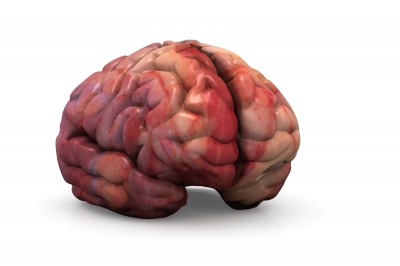
Stealthy wolves…
- Coyote are also known as American jackals, brush wolves and prairie wolves.
- Coyote are found in the north and central areas of America.
- There are 19 subspecies of coyote and they range from to 76–86 cm(30–34) in length.
- Coyote have grey brown to yellow grey bodies, with white belly and throats, and red brown paws.
- Coyote can jump lengths of over 4 m (13ft) and they can reach high speeds of 69 km per hour (43 mph).

Coyote
Image courtesy of National Geographic
- It is usual for coyote to travel and live in groups and hunt in pairs.
- Coyote generally have litters of one to nineteen pups, although six pups is the average.
- Coyote make high pitched howls, yips, yelps and bark sounding calls.
- Coyote eat small mammals, birds, livestock and large insects, as well as vegetation including fruit and vegetables.
- Coyote do not normally attack humans and do not generally cause serious harm, although more attacks have been occuring recently in California, United States of America.



